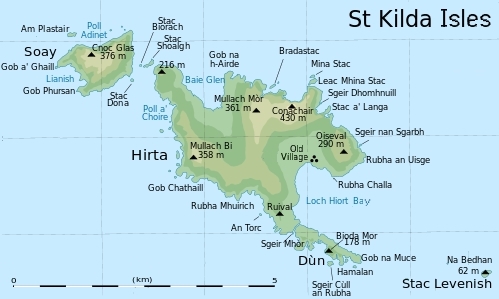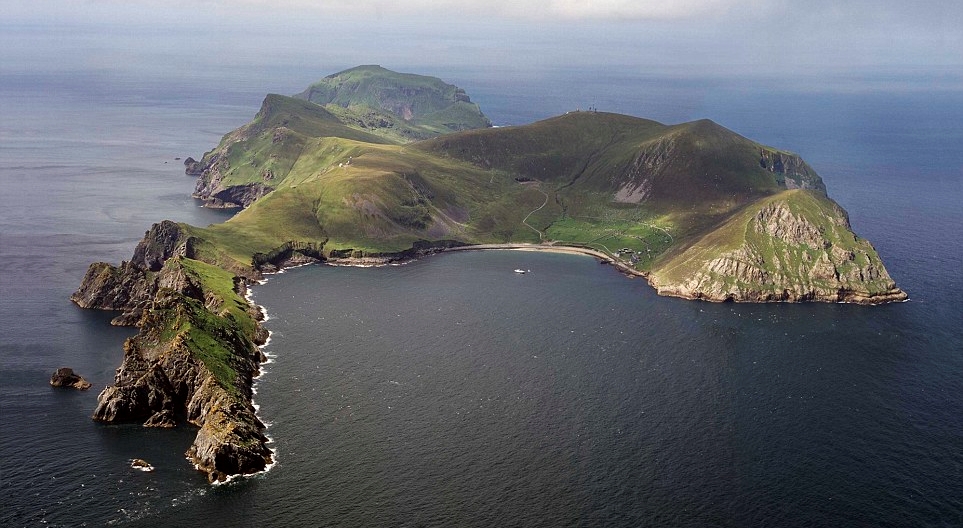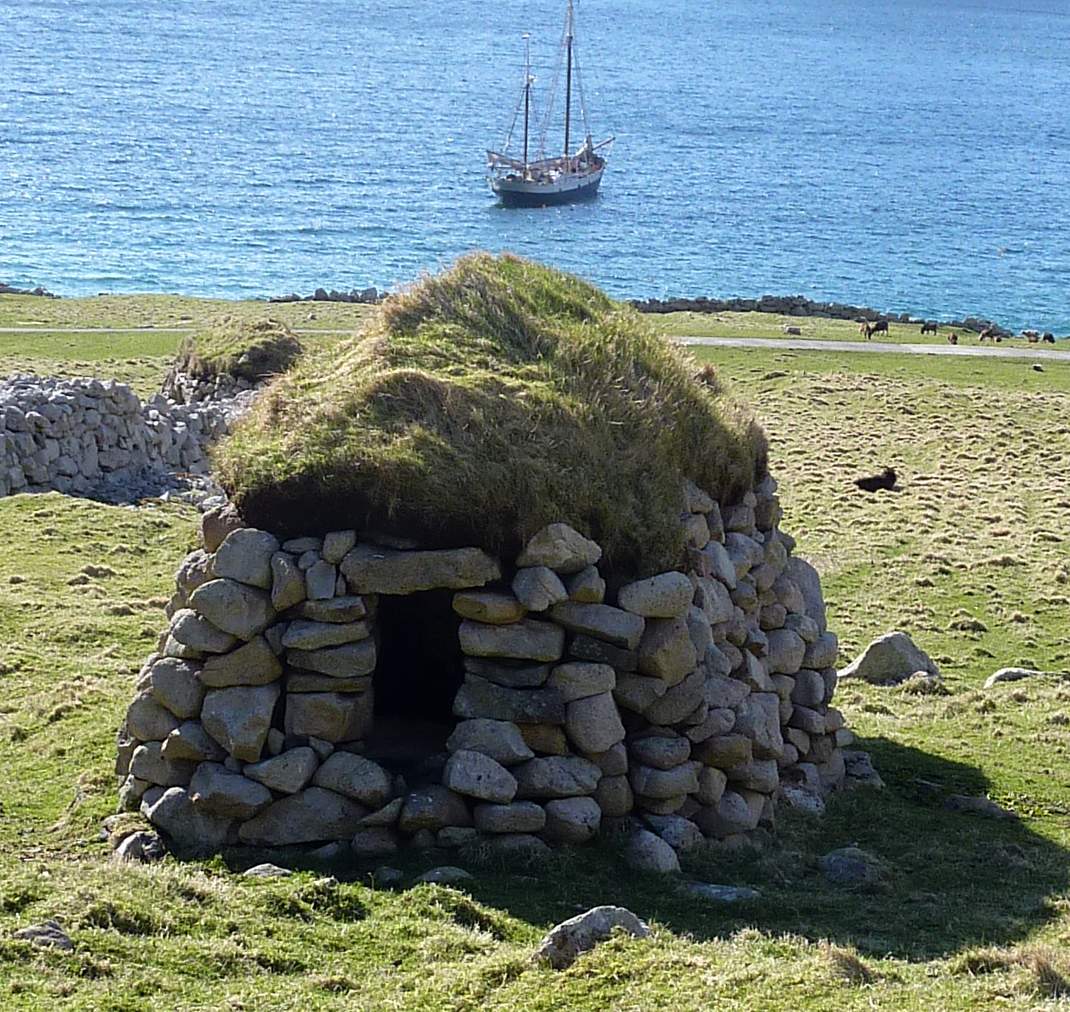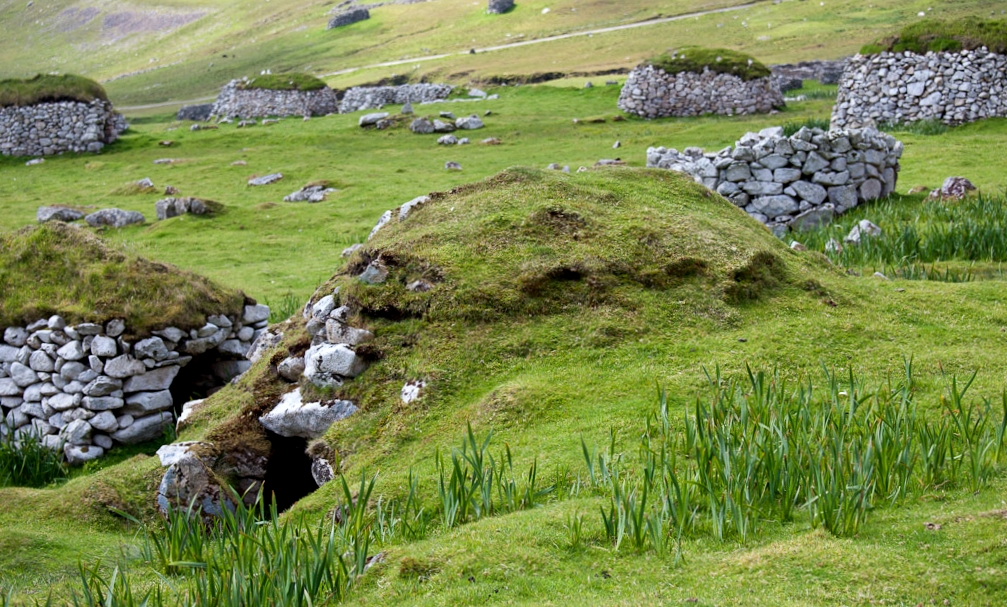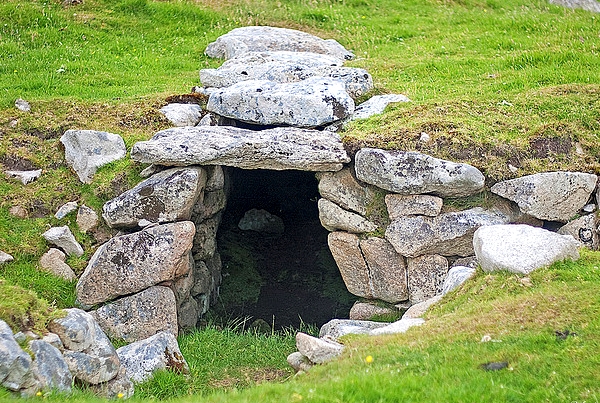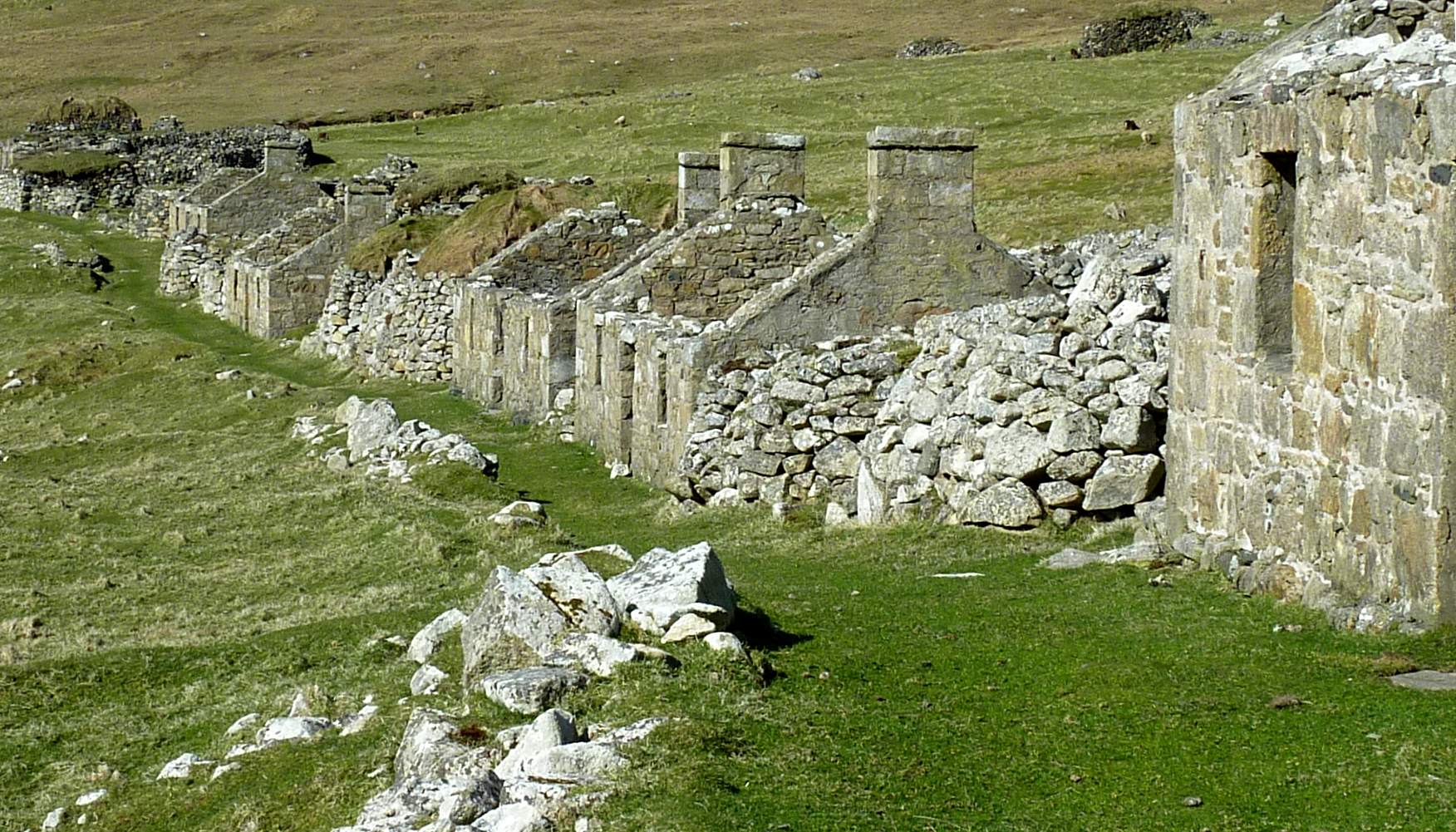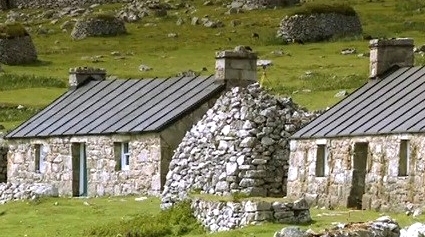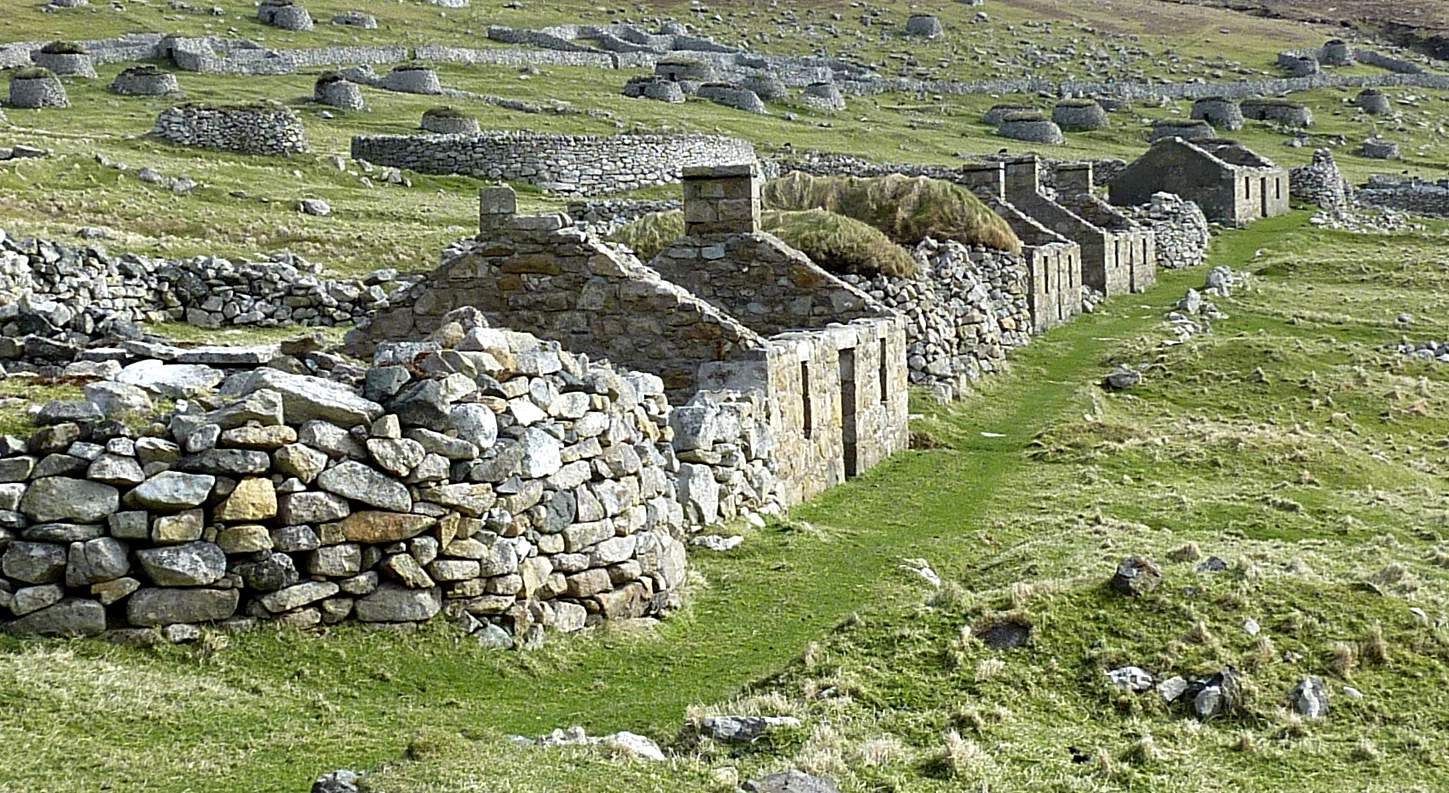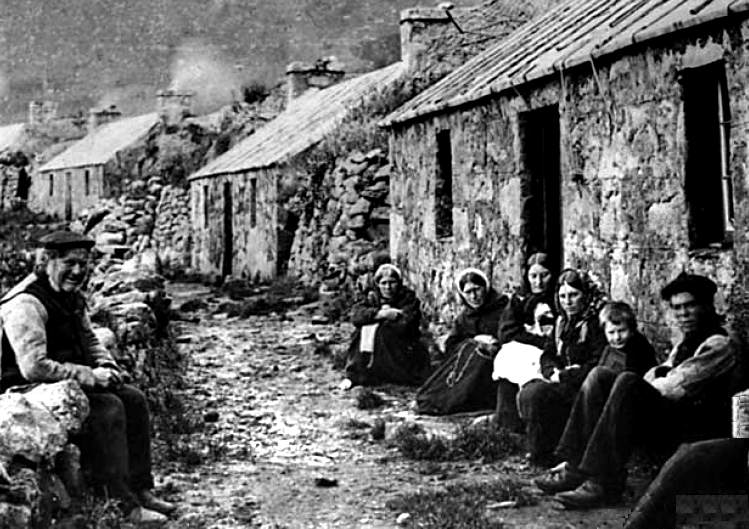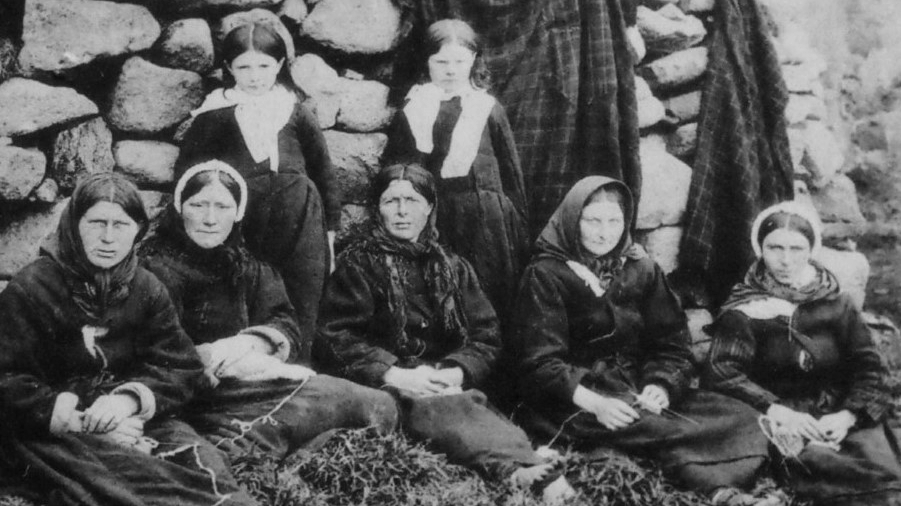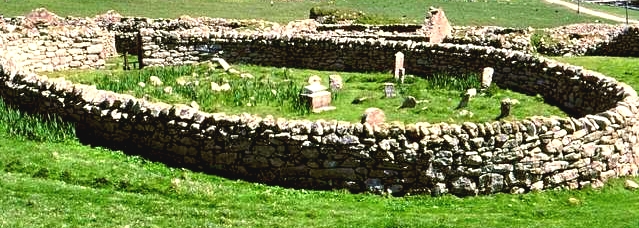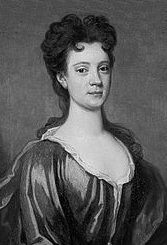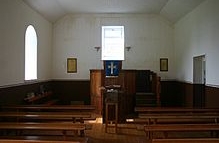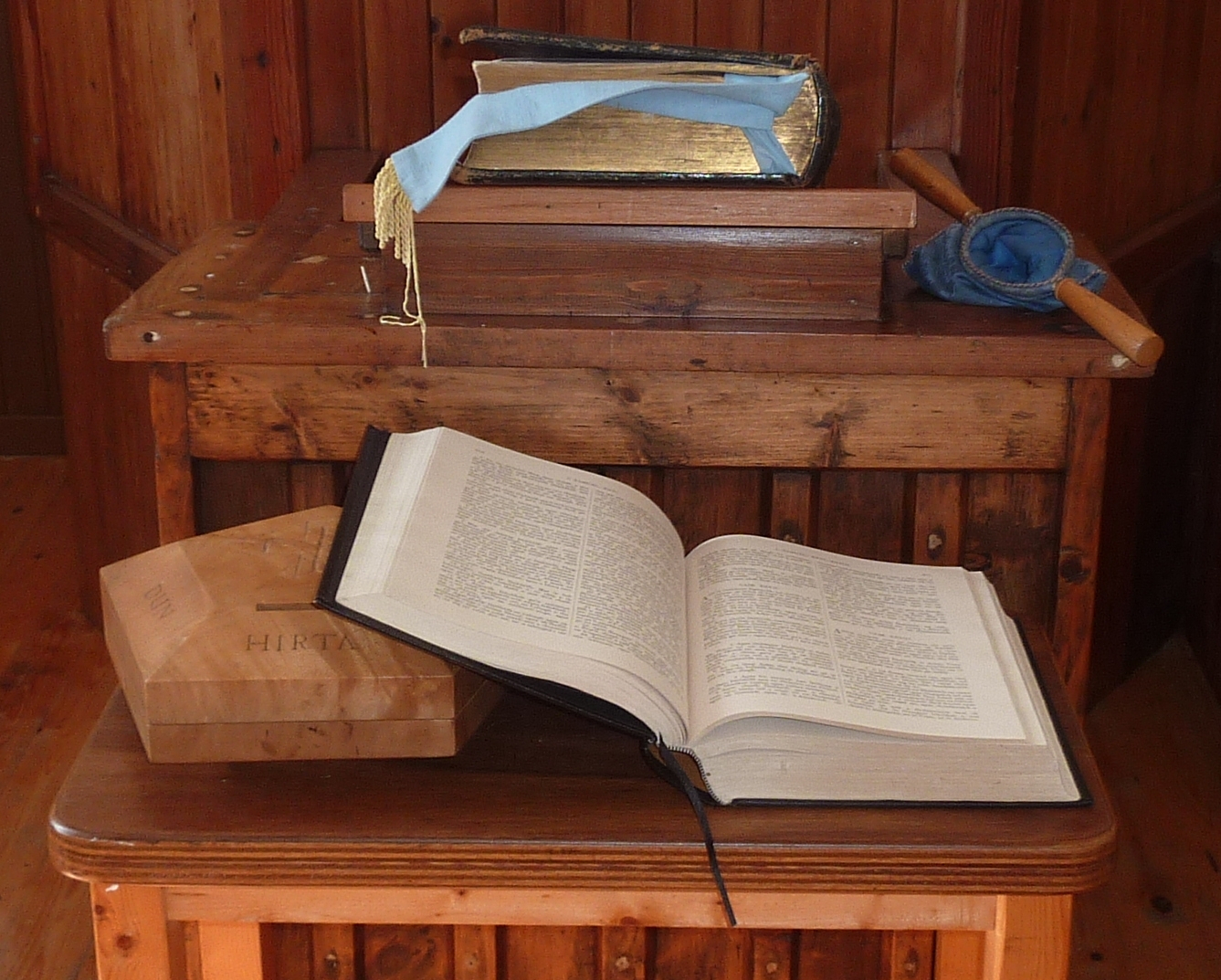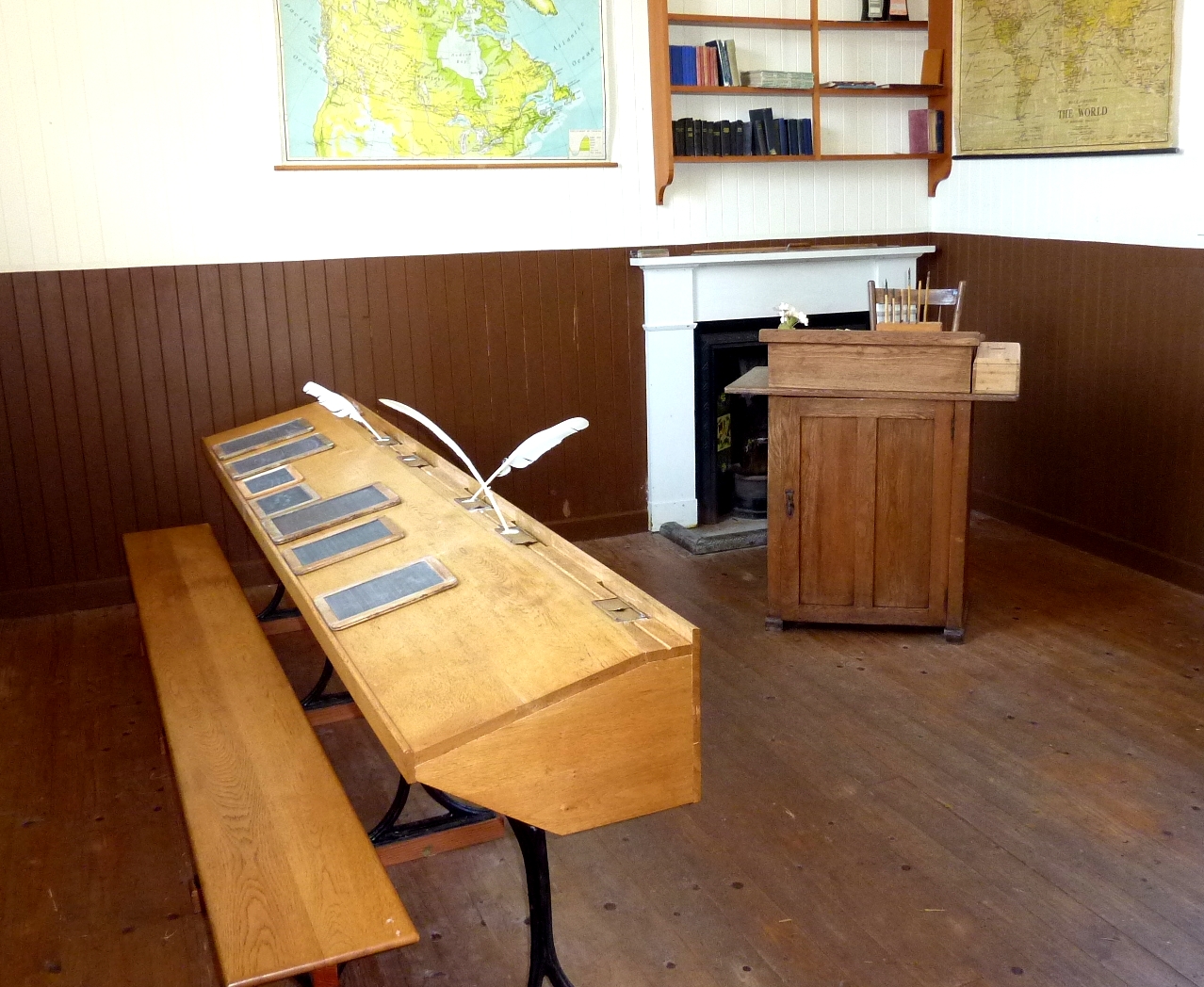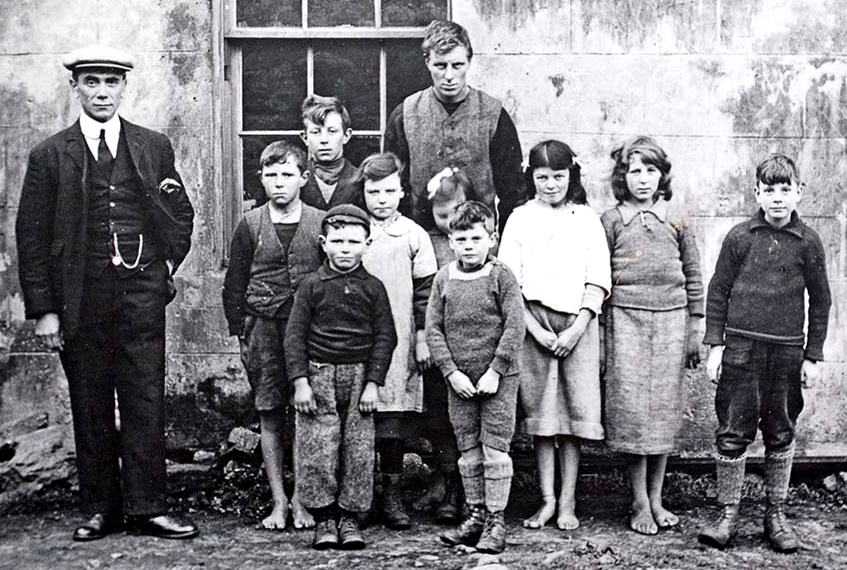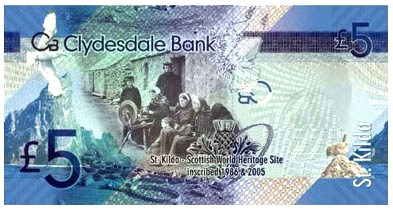ST KILDA - HIRTA
hirta is the main island of the st kilda archipelago, and it was
here were settlements developed, about 2000 years ago, in
the only low area, beside the bay loch hiort. for a long
time people lived in "black houses", then "earth houses".
these became dome-shaped structures above the ground,
constructed of flat boulders with a cap of turf on the top
- originally houses to live in, later used as storage
buildings. more than 1000 of these "cleits" were build.
only much later, in 1860, the island owner (a scottish lord) let 16 kind-of-modern houses erect, which changed the hirta village significantly. the path from the store house through the fields towards a stream became the center of all community life (see the map below).
hirta also had a graveyard. yet the most (in)famous resident, lady grange from edinburgh, forced by her husband to be a defacto-prisoner in hirta for 6 years, from 1834 to 1840, and living in a cleit , is not buried there.
around 1800 religious ventures began, and later both a little church and a school were erected, trying to make the st kildans christians, and to teach them reading, writing and english, this added to their own gaelic language.
after st kilda was abandoned, in 1930, hirta became some kind of a cemetery, but quite a few buildings have been restored since it is a world heritage site. it's not easy to get there - yet it is a startling voyage ...
by the way, please note that several historic pictures are added to enrich my photo series.
only much later, in 1860, the island owner (a scottish lord) let 16 kind-of-modern houses erect, which changed the hirta village significantly. the path from the store house through the fields towards a stream became the center of all community life (see the map below).
hirta also had a graveyard. yet the most (in)famous resident, lady grange from edinburgh, forced by her husband to be a defacto-prisoner in hirta for 6 years, from 1834 to 1840, and living in a cleit , is not buried there.
around 1800 religious ventures began, and later both a little church and a school were erected, trying to make the st kildans christians, and to teach them reading, writing and english, this added to their own gaelic language.
after st kilda was abandoned, in 1930, hirta became some kind of a cemetery, but quite a few buildings have been restored since it is a world heritage site. it's not easy to get there - yet it is a startling voyage ...
by the way, please note that several historic pictures are added to enrich my photo series.
